Anastasios Iason Giannopoulos, Architect and Urban/Territorial designer, in his book “The painful, reactionary modernization of Greece – Ideology, Biopolitics, Architecture” by Oblik Editions, attempts an interpretation of how architecture becomes an instrument for reinforcing ideology and exercising biopolitics, from 19th-century neoclassicism to postmodernism and the contemporary period.
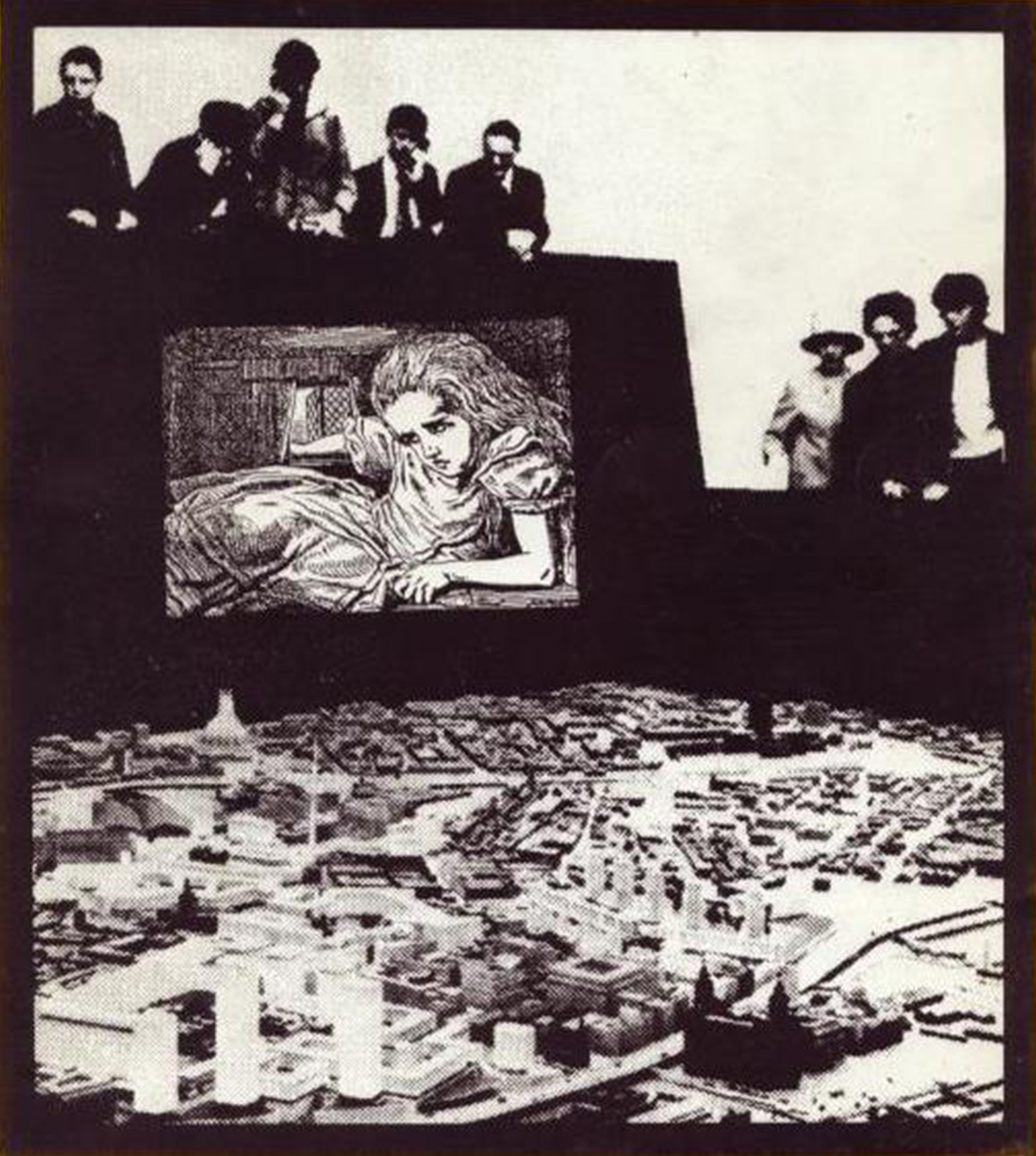
Fix said to Callirrhoe:
“I am Ilisos.”
Hilton said to the Parthenon:
“I am the Acropolis.”
Edison said to the Owl:
“I am the light.”
Elenitsa said to Belafonte:
“You are my Homer.”
Nikolaos Calas, “Foreign Containers” (excerpt), Collection A’, Pali magazine, issue 1, 1963.
The impetus for this research is the noticeable emergence—since the 2009 crisis—of a militant political rhetoric in Greece, evident to those who follow public discourse and political debate.
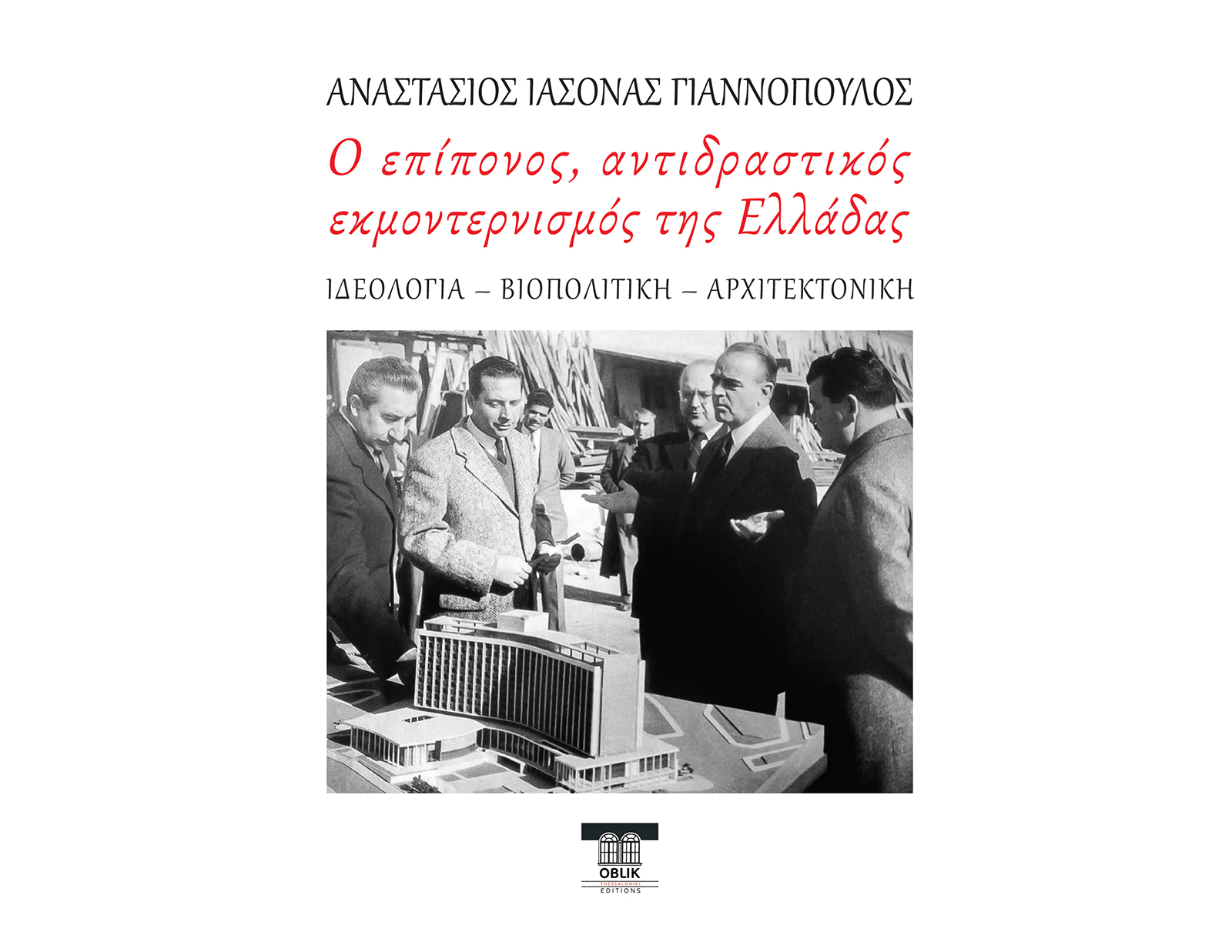
This rhetoric defines itself as modernist, cosmopolitan, and European, urging Greece to complete its transition to modernity by reaffirming its commitment to European integration despite the mistakes and weaknesses revealed by the crisis. It can be argued that the current calls for modernization, along with corresponding practices (such as the privatization of public space and market-friendly “reforms”), are deeply rooted in aestheticization.

These arguments—complemented by moralistic aphorisms with strongly reprimanding, accusatory, and punitive undertones—derive their authority from the realm of culture. They exploit the previously uncontested achievements of Western societies to reinforce a dominant narrative about the superiority of the market economy. This narrative, once convincing, relied on empirical evidence that supported the doctrine of continuous progress.
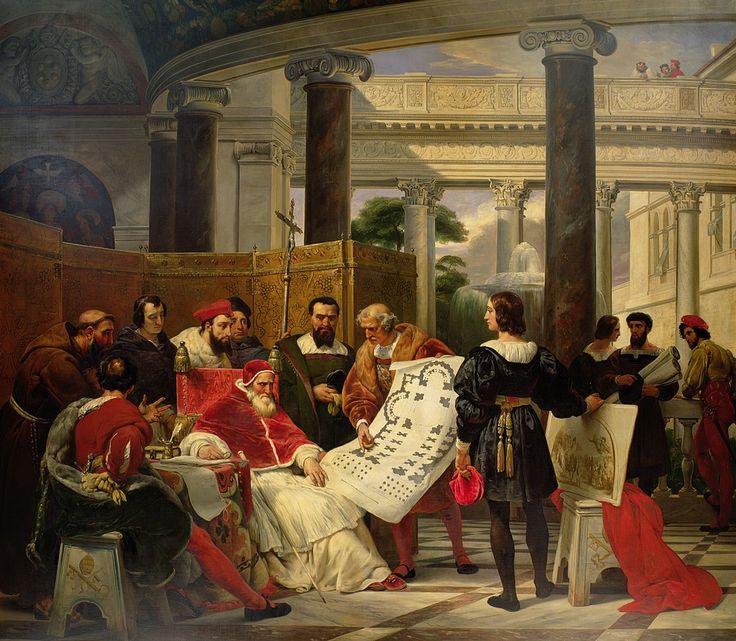
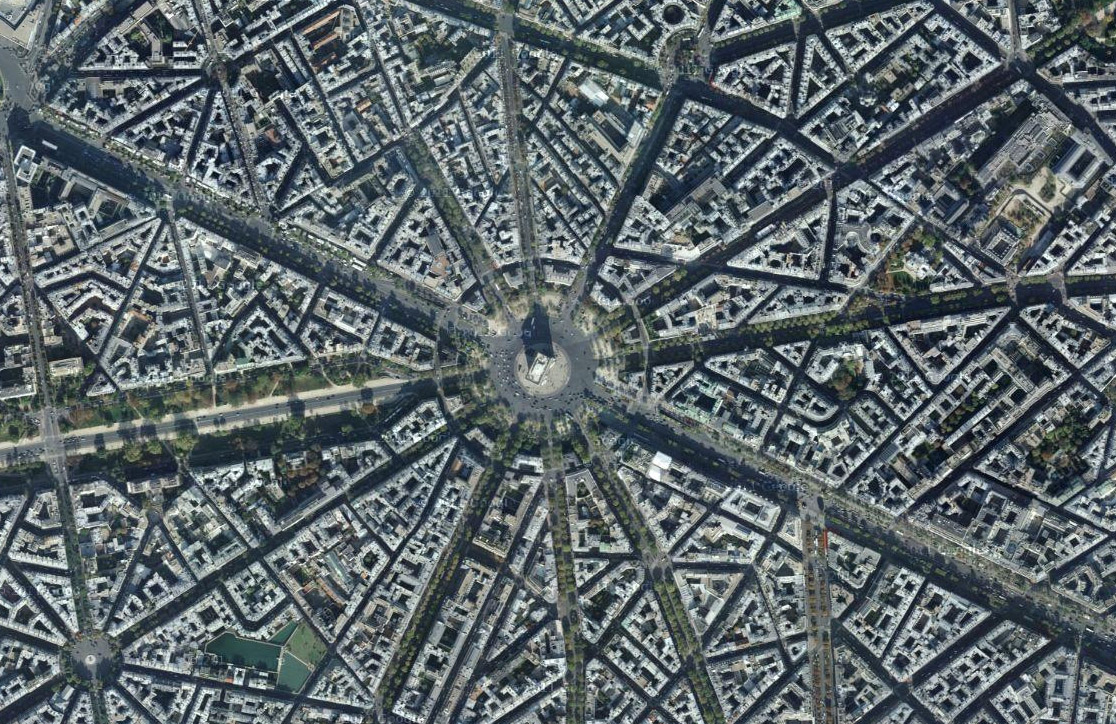
However, in the context of the acute crisis of late capitalism—and its management, which demands the sacrifice of the welfare state and the controlled impoverishment of subordinate classes to facilitate a new cycle of capital accumulation—defenders of European integration and neoliberal globalization appear to adopt a hastily constructed narrative.
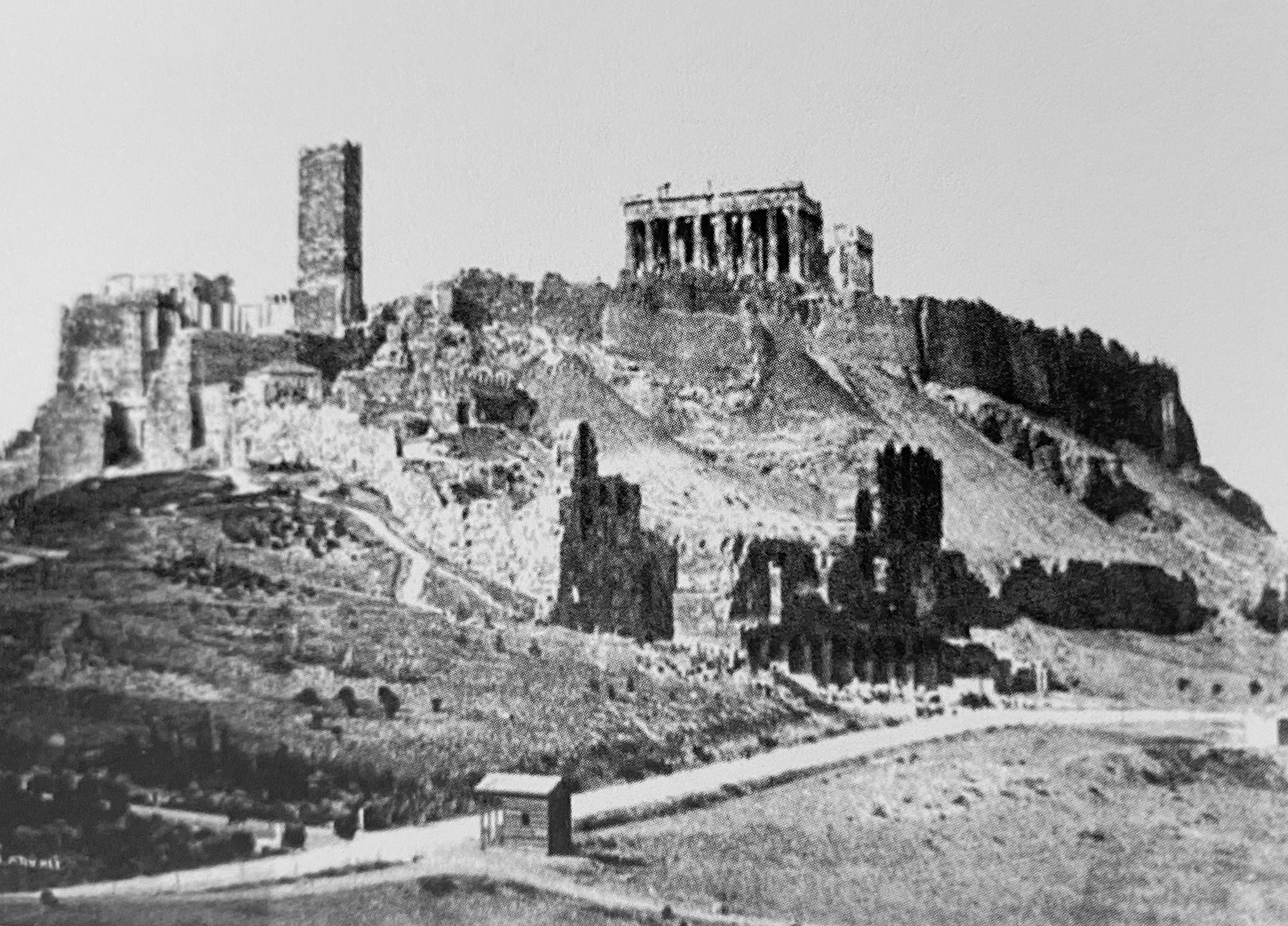
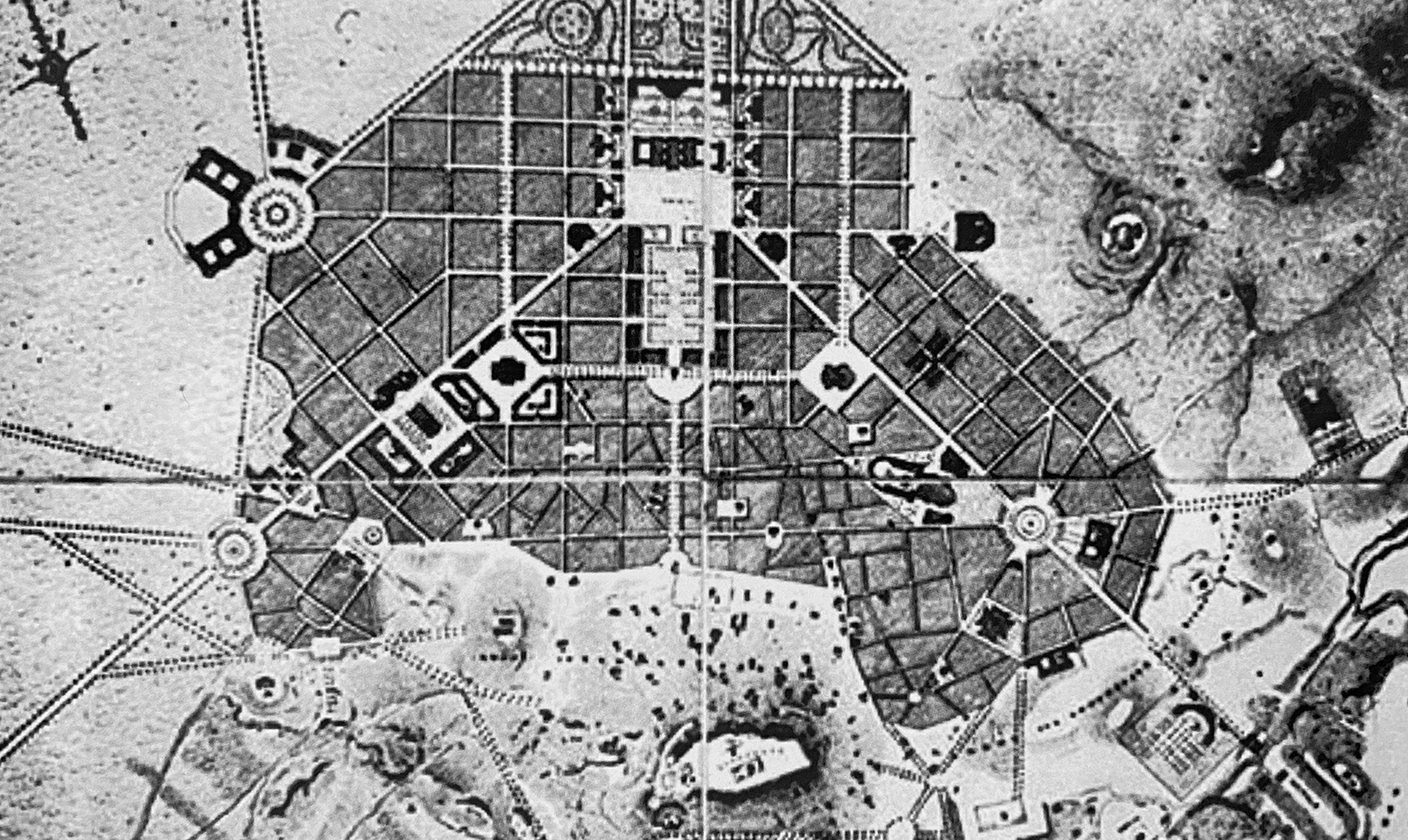
This narrative is designed to counter the rising tide of nationalism (as seen in figures like Trump, Farage, and Le Pen) within its own domain: idealism, ethics, and culture.

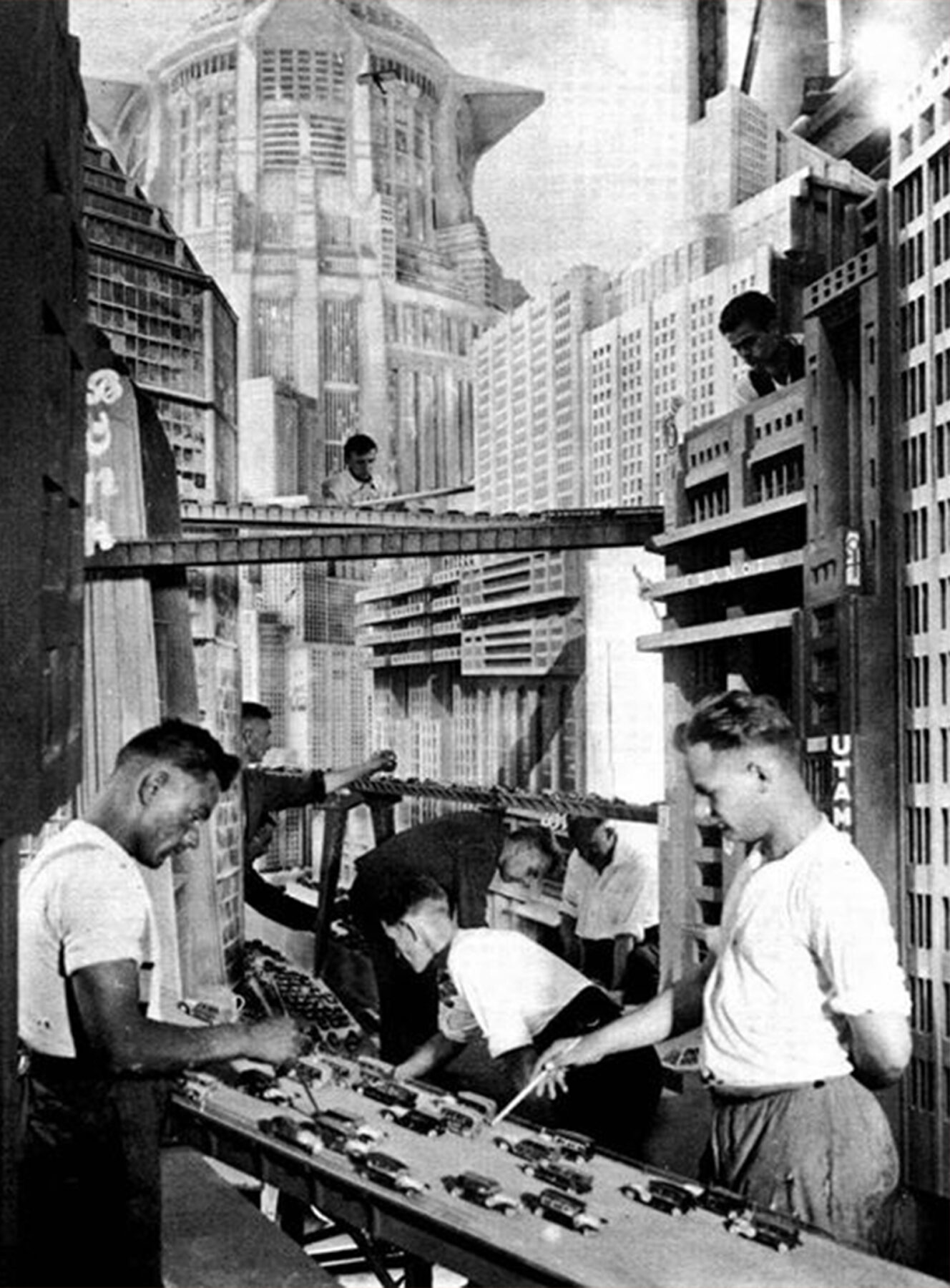
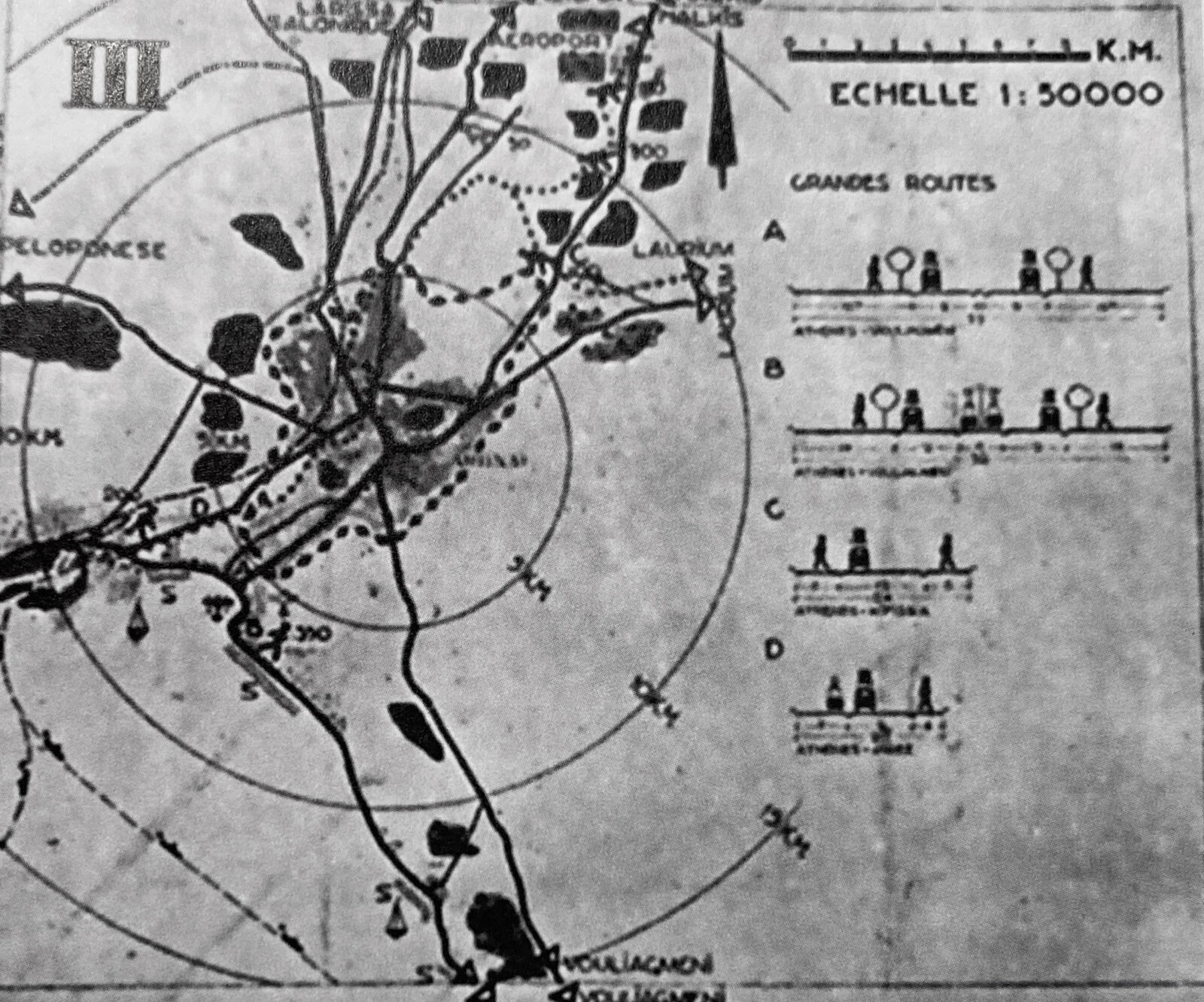
In an attempt to generate “artificial” optimism, these forces draw inspiration from an imagined past and promote the mass consumption of ideologically charged images and symbols. These include artifacts like “The Dead of Amphipolis” and architectural projects such as the Niarchos Foundation building in Faliro—symbols deliberately detached from the realities of everyday life.
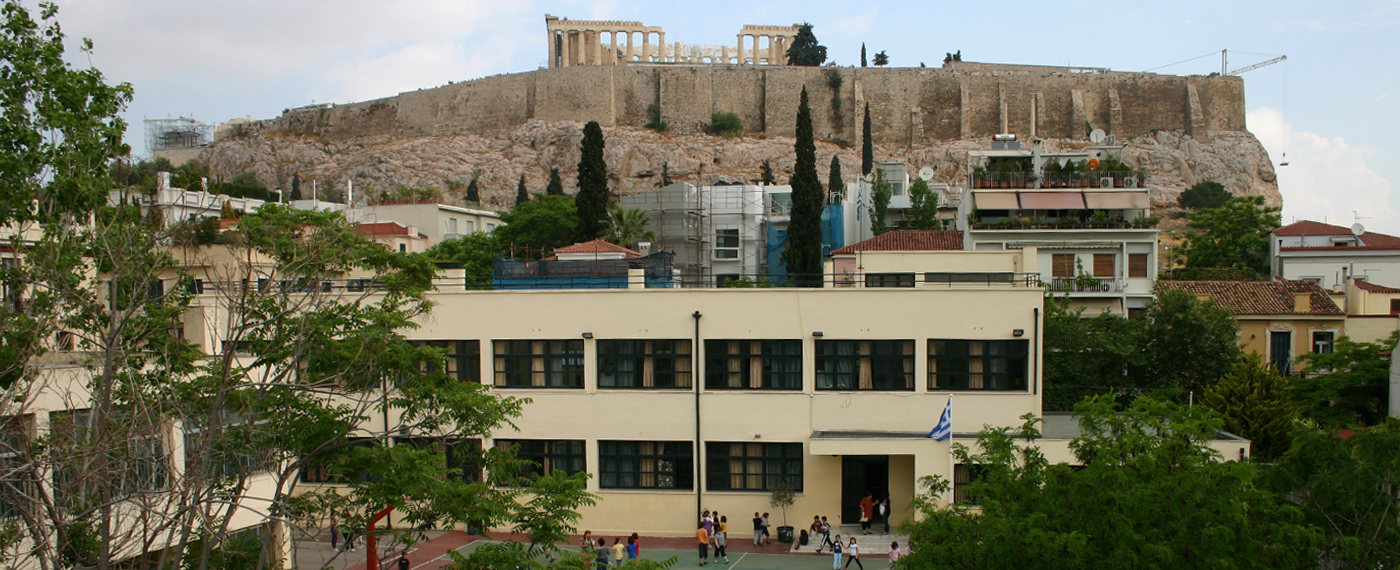
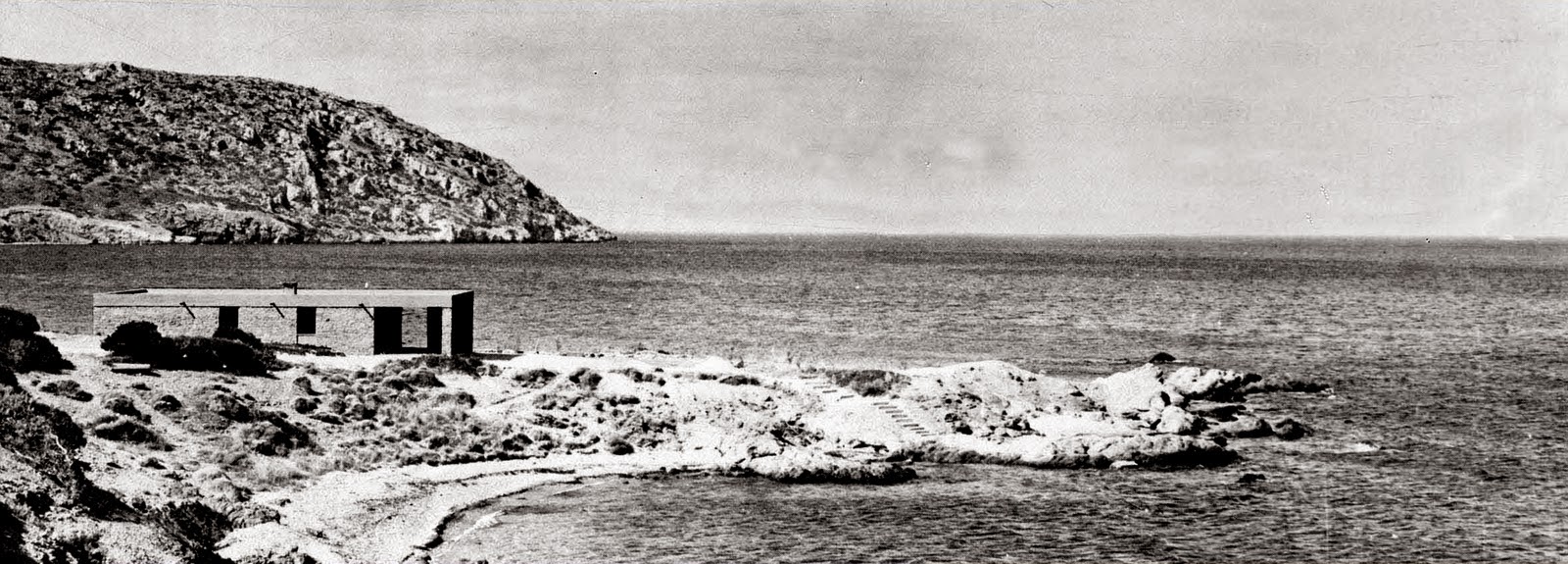
Architecture, in this context, becomes an instrument for reinforcing ideology and exercising biopolitics.
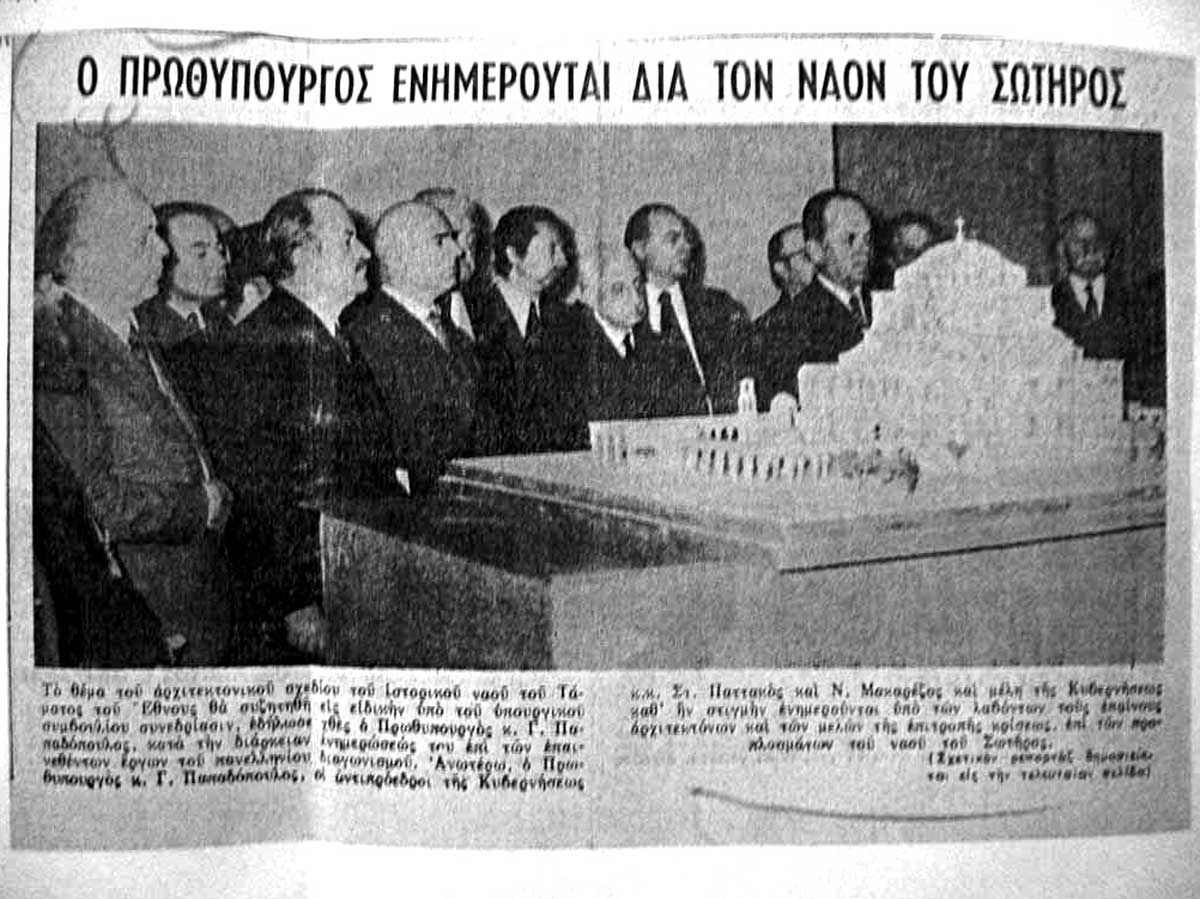

Building on these observations, the book, following a chronological order, seeks to document the history of the interaction between the ideologies of modernization and “Greekness” on the one hand, and Greek architecture on the other, from the establishment of the Greek state to the present day, while also briefly referencing preceding developments.
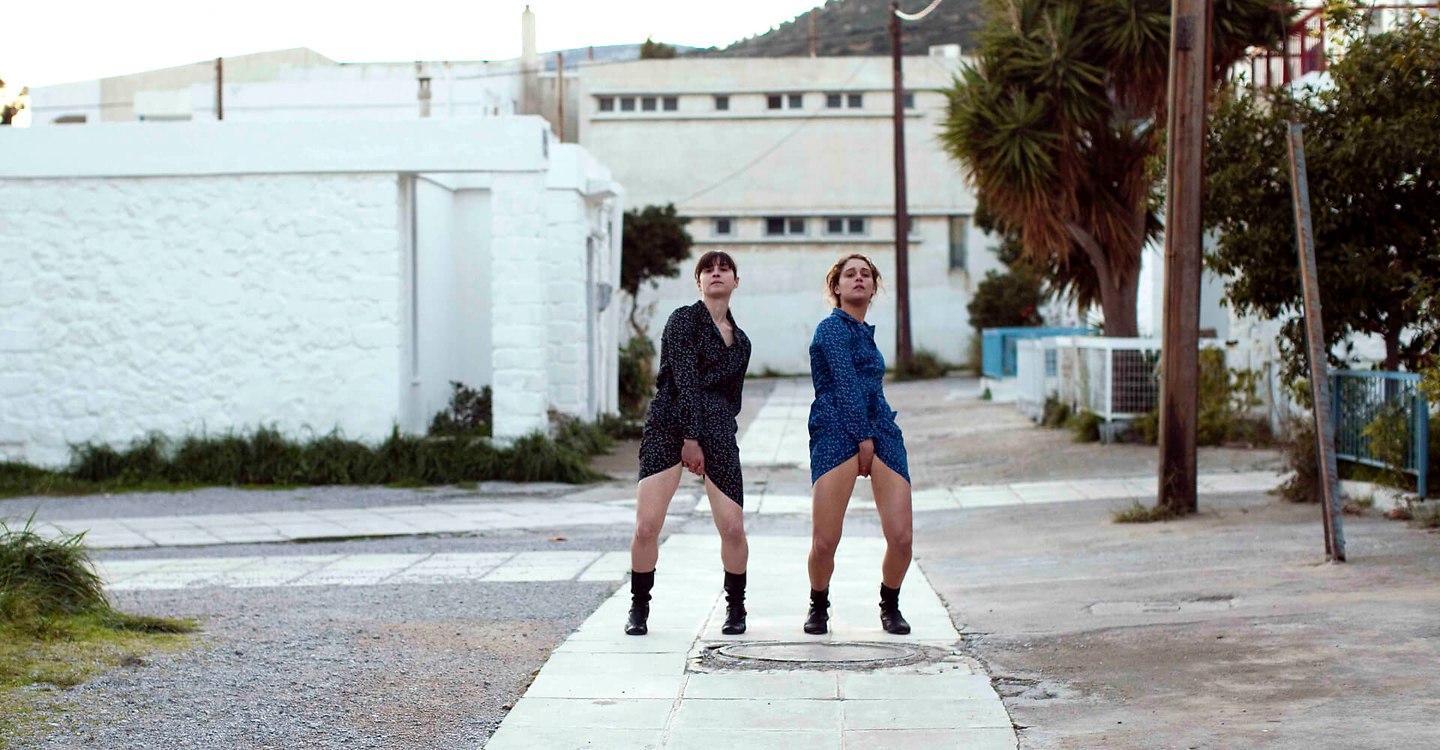
Each chapter begins with the spatial-aesthetic imprint of a given era—ranging from 19th-century neoclassicism to postmodernism and the contemporary period—and analyzes it to reveal the economic and political forces that shaped it.

Architecture, in turn, is examined as a medium called upon to propagate and reproduce these forces. Through this lens, the relationship between architecture and the broader systems of ideology, biopolitics, and economy is illuminated.
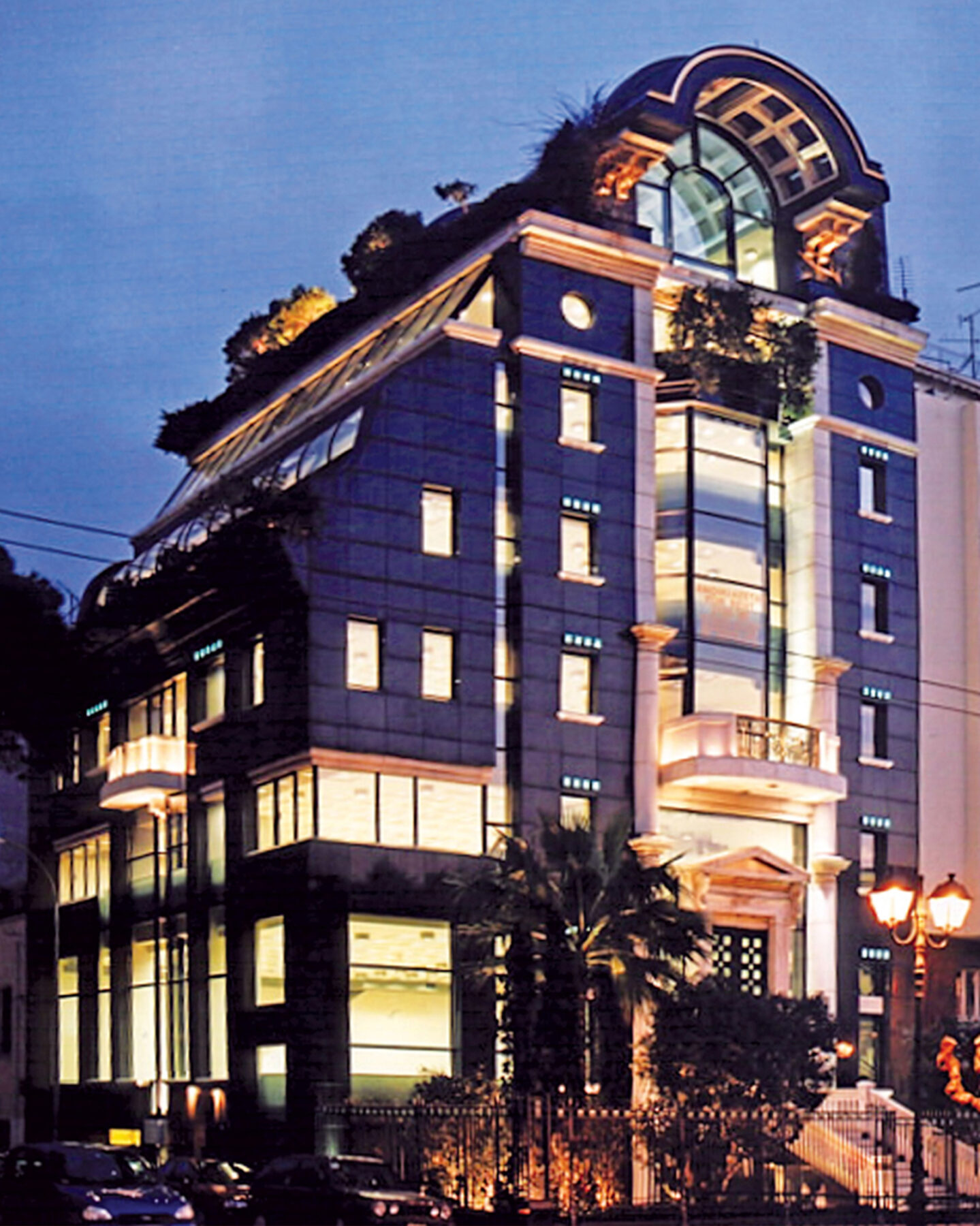
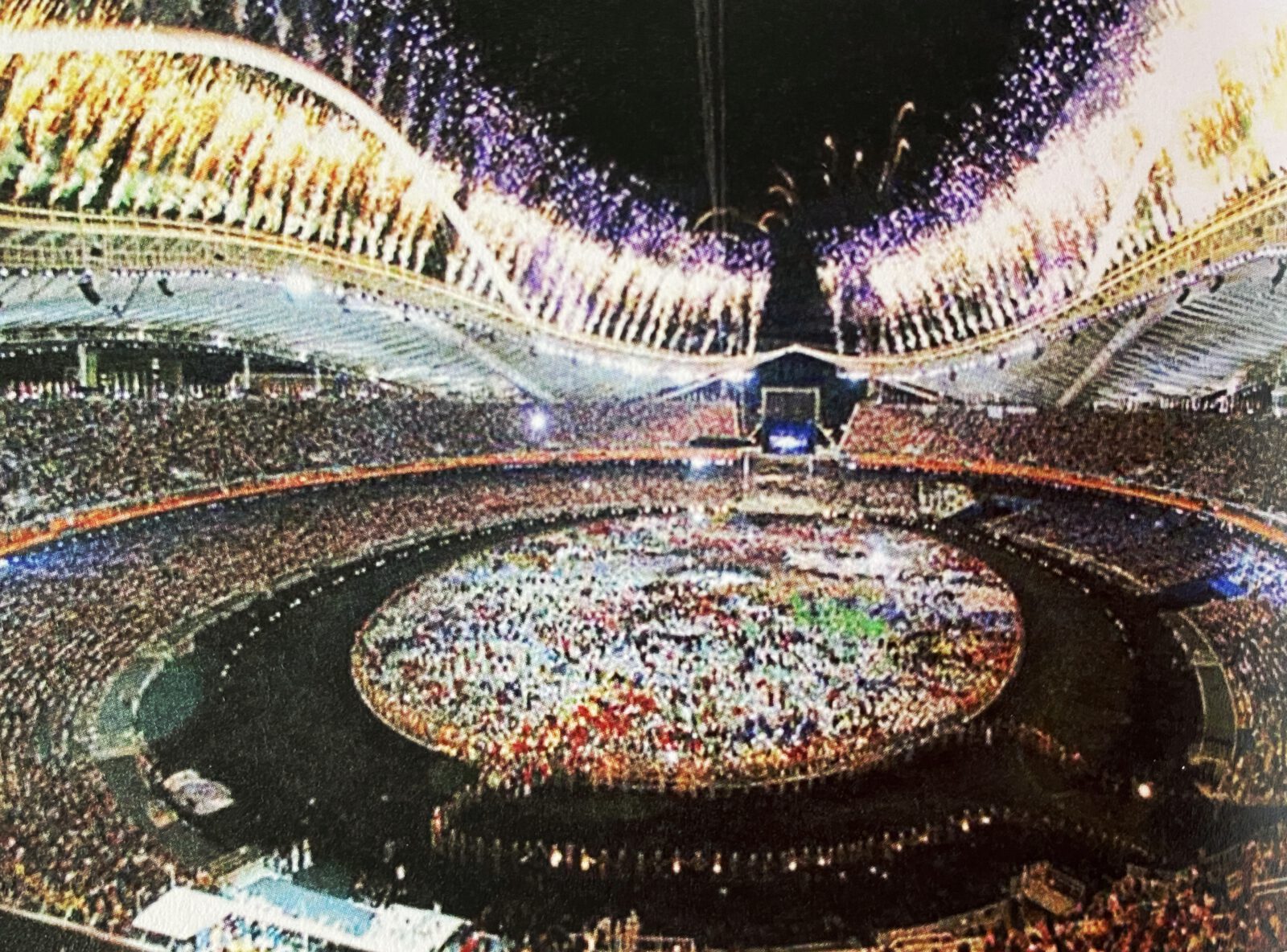
At the same time, the book explores the interplay between Greek architectural and urban planning practices and the international trends of each period.
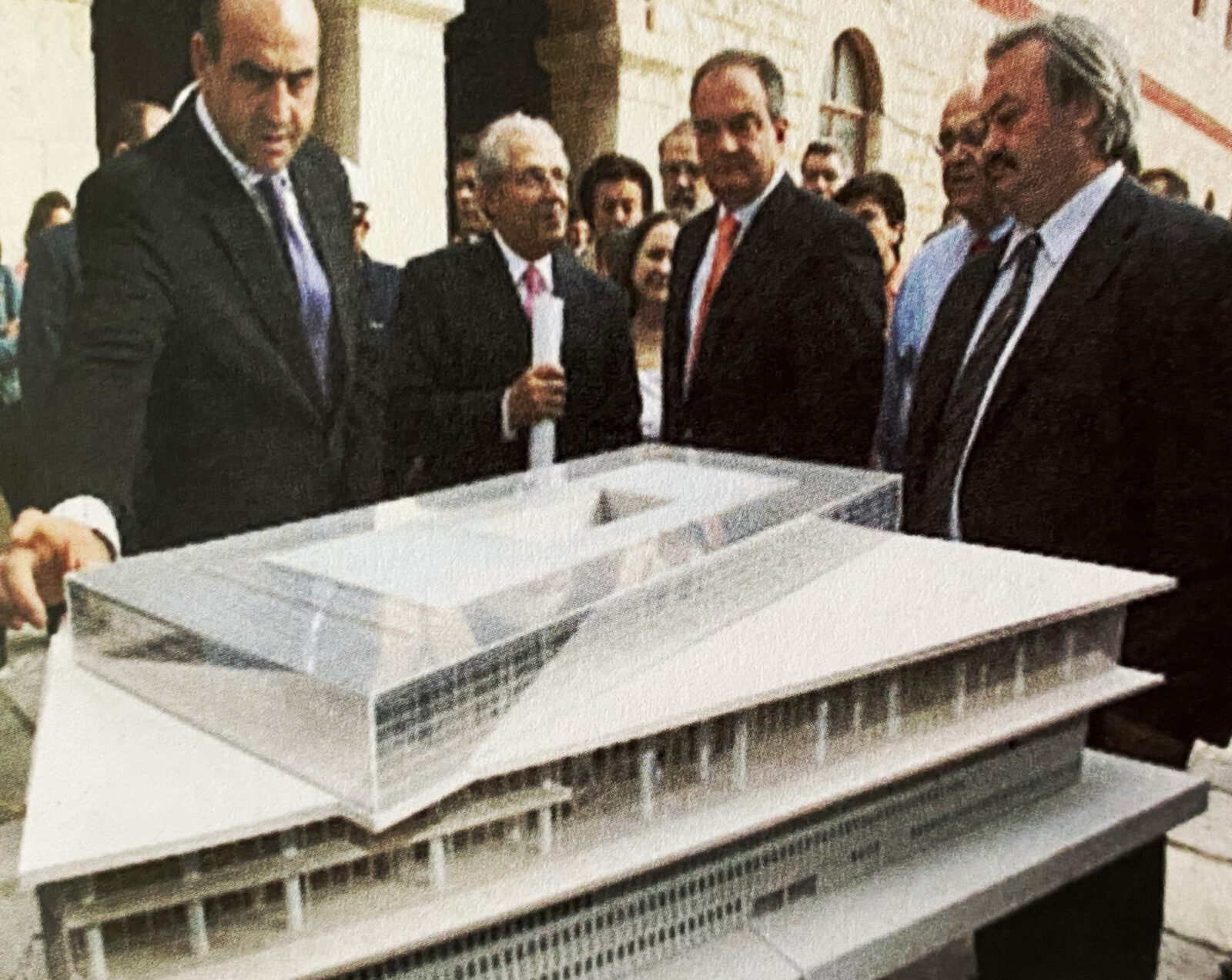
These trends, which have consistently and directly influenced developments in Greece as a peripheral and dependent country, are critically examined. This dual approach provides readers with a comprehensive understanding of key aspects, events, ideas, and movements in global architectural history, linking them to the Greek experience.
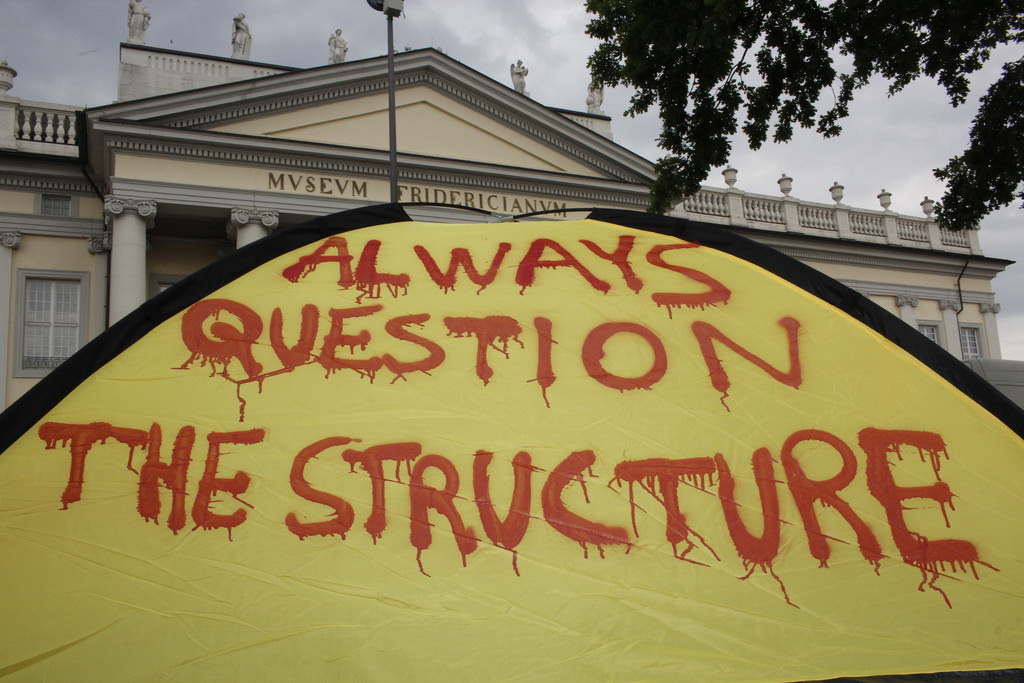
Facts & Credits
Title The painful, reactionary modernization of Greece – Ideology, Biopolitics, Architecture
Typology Book
Author Anastasios Iason Giannopoulos
Publishing House Oblik Editions
Language Greek
Page number 201
First Edition Date July, 2024
READ ALSO: Zibaldone by Campo | Book presentation by Veii publications